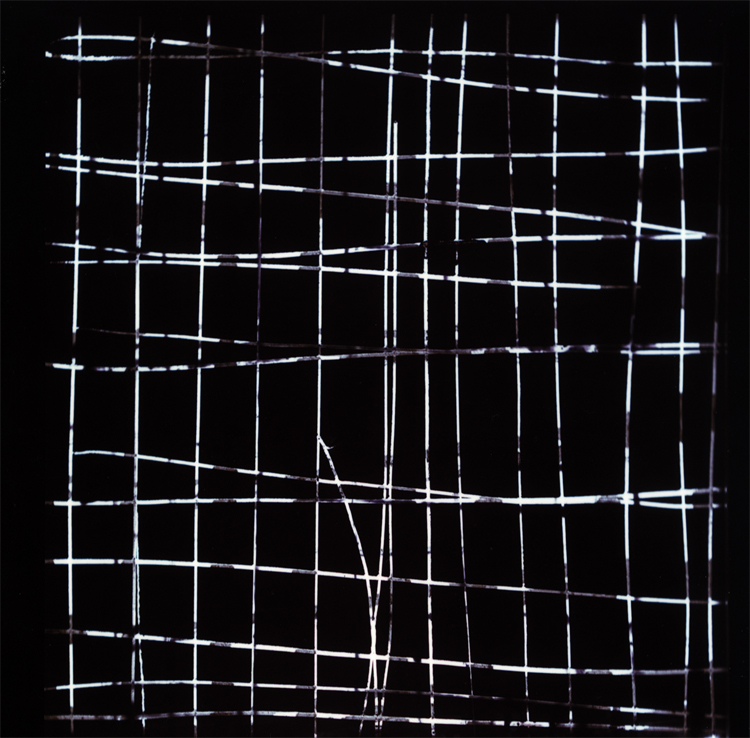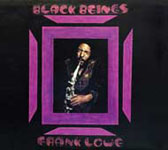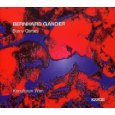 Maybe I'm kidding myself, but there does seem to be a West Coast improv "sound." An uninitiated listener, at once glance, will say Evan Parker, Derek Bailey, Fred Frith, and Gino Robair are all the same -- doing abstract, inaccessible, sound-based music that "doesn't make sense." Of course, they're all different, and with the amount of improv I got to see live in the 1996-2000 timeframe, I think I started to hear particular differences and commonalities around the Bay Area scene. Maybe, maybe not.
Maybe I'm kidding myself, but there does seem to be a West Coast improv "sound." An uninitiated listener, at once glance, will say Evan Parker, Derek Bailey, Fred Frith, and Gino Robair are all the same -- doing abstract, inaccessible, sound-based music that "doesn't make sense." Of course, they're all different, and with the amount of improv I got to see live in the 1996-2000 timeframe, I think I started to hear particular differences and commonalities around the Bay Area scene. Maybe, maybe not.
The sound I'm thinking of is one step even further removed from "jazz" than the Evan Parker/Derek Bailey camp is. Not that those guys necessarily like to be called "jazz," but Evan Parker's long, twining soprano sax solos, for instance, do share some characteristics with '60s free-jazz. Bailey uses more of an abstract-sound model that I suppose puts him further from jazz than Parker.
The west coast players I saw most -- including Carla Kihlstedt and especially Gino Robair, seemed determined to take the model even further. Strings, like Kihlstedt's violin and Matthew Sperry's bass, got pounded or scraped, creating industrial bursts of metallic fury, or cold, high-pitched whistles. Robair's drums became like alien noisemakers, deftly played.
Now, that kind of playing has been around for decades, but like I said, there seems to be a character and spirit unique to the Bay Area. It's certainly not like the "lower case" improv of Bhob Rainey and other east-coasters. And I think it's more sound-oriented, and even less note-oriented, than European improv. Some of it evolved from a desperation to find something new -- and yeah, there were shows where it just wasn't working. But these musicians were good enough, and played together often enough, to craft a sound.
So, here's an example of that sound, circa 1998. I wish I'd heard it sight-unseen, to see if it conjured up any sentimental feelings on sound alone. As it is, I did know exactly what the CD was when I started it up. So, yes, it could be all in my imagination, but I swear I'm hearing some familiar and nostalgic tones when I listen to this CD's long stretches of acoustically alien sounds.
Format:
ARTIST -- "TRACK TITLE" -- ALBUM TITLE (LABEL, YEAR)
Horizontal lines denote microphone breaks.
* Adrian Iaies Trio with Michael Zisman -- "Astor Changes" -- Vals de las 81st & Columbus (Sunnyside, 2008)
-
Straight jazz with Argentinean flair and bandoneon (accordion)
player Zisman just going nuts on the solos. This track was fun and
fleet of foot; I'll probably come back to it at least once more. The Michael
Zisman here, by the way, isn't the same guy as the
Bay Area mandolin and bass player.
* Frank Lowe -- "In Trane's Name" [excerpt] -- Black Beings (ESP-Disk, 2008; orig. released 1973)
 There's free jazz, and then there's using your saxophone for War of the Worlds-style earth-scorching.
Lowe just goes nuts on the long tracks here, overblowing his sax like he's
trying to turn it inside out. Joseph Jarmon adds a more conventional free
jazz sound, which was still "out there" for 1973 but adds some grounding here.
Then you've got The Wizard on amplified violin (Raymond Lee Chang), creating a
loud and buzzing sound that resembles a guitar, a
Nels Cline kind of guitar.
A very young
William Parker
holds down the bass, and Rashid Sinan round it out on drums.
There's free jazz, and then there's using your saxophone for War of the Worlds-style earth-scorching.
Lowe just goes nuts on the long tracks here, overblowing his sax like he's
trying to turn it inside out. Joseph Jarmon adds a more conventional free
jazz sound, which was still "out there" for 1973 but adds some grounding here.
Then you've got The Wizard on amplified violin (Raymond Lee Chang), creating a
loud and buzzing sound that resembles a guitar, a
Nels Cline kind of guitar.
A very young
William Parker
holds down the bass, and Rashid Sinan round it out on drums.
You can tell by this track's title that Lowe was influenced by Coltrane's later period, Ascension in particular. That same kind of sprawling, emotional approach fills this album. The 1973 version had to be edited down to fit a vinyl LP, so this reissue gives the world the full tracks for the first time, including The Wizard's Nels-like soloing on "In Trane's Name."
I should also mention the shorter track "Brother Joseph," written by Lowe and performed by Jarmon. It's airy and spirited, but with a tender side; a solo sax break that provides a breather between the two longer tracks.
Check out Bagatellen's review here.
 It's great when modern classical music gets edgy, agitated, and
loud, as demonstrated by groups like Ensemble Moderne, Ethel, and Eight Blackbird. (Apparently the secret is to start with "E.") Gander finally proves to me that you can overdo it.
It's great when modern classical music gets edgy, agitated, and
loud, as demonstrated by groups like Ensemble Moderne, Ethel, and Eight Blackbird. (Apparently the secret is to start with "E.") Gander finally proves to me that you can overdo it.